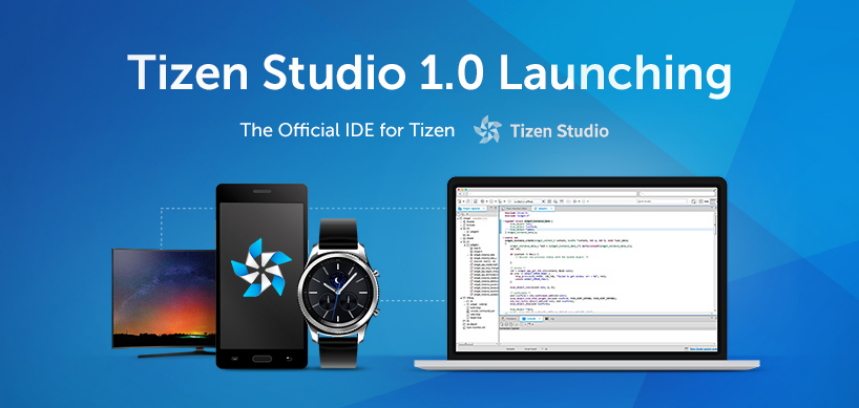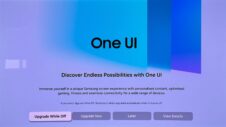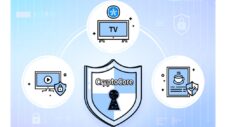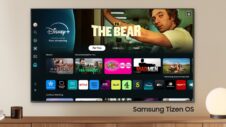Tizen is on the move, with Samsung's success with the Z3 (3 million sold in 2015) fueling the rise of the Korean giant's homegrown OS. Samsung is making changes to Tizen that are bound to make the platform better for consumers with a new update rollout this month, but consumers and users are only one part of the equation: the other pertains to developers, who are necessary to ensure the long-term survival and success of Tizen as a burgeoning platform.
With this in mind, Samsung has revamped the old Tizen SDK setup that mandated developers install multiple SDKs for multiple mobile devices and renamed it Tizen Studio. This first version of Tizen Studio, 1.0, allows developers a one-click installation for multiple platforms (smartphones, smartwatches, and TVs, for example) that cuts down on the download and management headaches developers once experienced. Samsung has not only revamped this with regard to platform installations, but the company has also made Tizen more “lightweight” and usable — improving the look of the UX and UI.
Certification processes have been reduced, with Tizen Studio 1.0 removing the “additional certification step” that was once necessary for developers to test and develop applications. The UX and graphics for testing tools, along with the search engine have been improved, and Samsung has even added 50 new sample applications. Apps for the new Tizen-powered Gear S3 Frontier and Gear S3 Classic smartwatches can also be developed with Tizen Studio 1.0.
These changes are needed and long overdue, no doubt, but it just goes to show that Samsung is really determined to remove barriers that have made Tizen something of a “ghost town” for developers who'd be interested otherwise. The Korean giant wants to speed up app development, and Tizen Studio 1.0 (like Samsung's release of its Smart TV SDK Preview Guide) is a large leap in the right direction.







